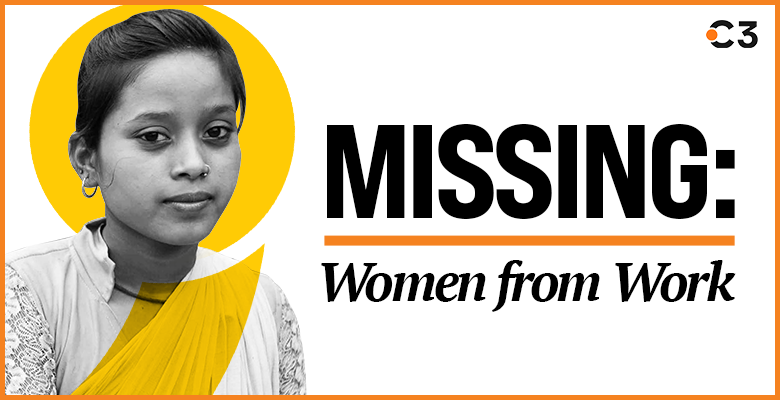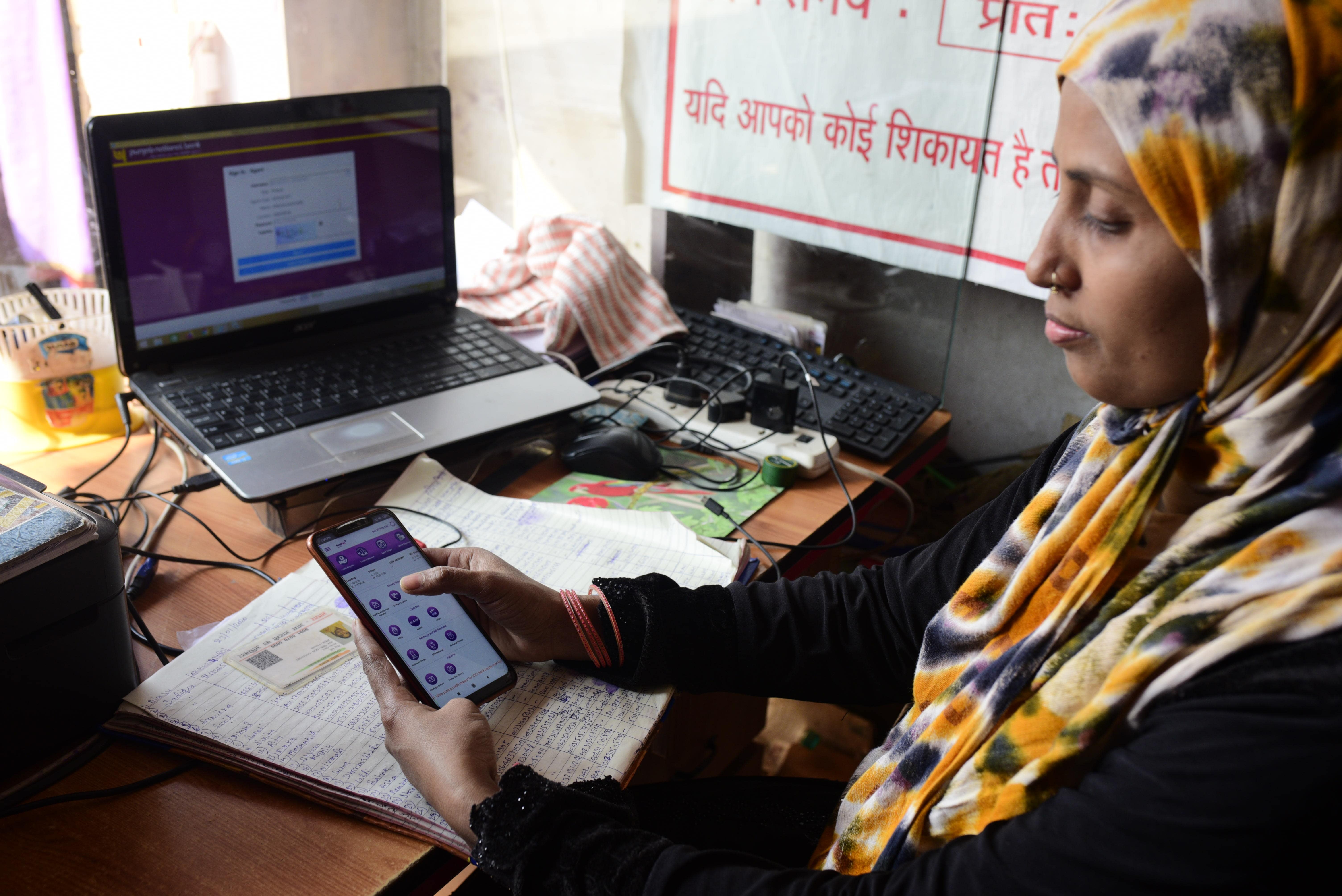We equip, mobilize, educate, and empower women
How do you create compelling presentations that wow your colleagues and impress your managers? Here’s how to get started.

India records one of the lowest rates of female labour force participation in the world, a meagre 20% - three times lower than men. With the pandemic, and widespread losses of income, with lockdowns that confined women to the domestic sphere and multiplied their burden of house-work, this reality turned doubly dire. Between April and June 2020, the percentage of women at work fell to 15%, a record low.
Even as we slowly recover from the aftermath of the pandemic, women remain in the margins of economic progress, largely alienated from financial and labour-driven agency. But what leads to this significant gender gap? Why can’t women break past metaphorical glass ceilings and achieve equality, representation and dignity within the workforce?

A meta-study conducted by Sattva, highlights a combination of factors that lead to this. With the rise in the number of women completing secondary education, there hasn’t been a rise in salaried opportunities. Moreover, deeply ingrained patriarchal norms lead employers to prioritise male candidates over women, as men are perceived as more physically and intellectually competent. These same patriarchal constraints inhibit women’s mobility – which hinders them from migrating for better professional opportunities, and their ability to work longer hours – since safety becomes an issue. On top of this, they are faced with pressures stemming from marriage, childbirth, domestic responsibilities.
Additionally, there are very few public policies that tackle the social and familial obstacles which prevent women from working. Public safety and workplace security initiatives aren't addressed enough, and there are barely any support structures to lessen the burden of domestic and care-work. Given that 90% of India’s total workforce is employed in the informal sector, and 9.6 crore Indian women are part of this informal sector, there have hardly been safeguards in place to protect the rights of these women. Their incomes are often low and unstable, and they lack any bargaining or collectivisation power to advocate for better pay, benefits or working conditions, according to Strengthening Socio-Economic Rights of Women in the Informal Economy, an October 2020 report published by the IWWAGE and the Self-Employed Women’s Association.
As we move towards a post-pandemic world, it has become all the more important that women aren’t left behind, that they aren’t left out of economic growth and agency, and that they can gain dignity, respect, and acknowledgement for their skills within the Indian workforce. Centre for Catalyzing Change (C3) has been fostering the employability skills of young women from impoverished, rural backgrounds by equipping them with financial and digital literacy, with vocational upskilling and training. C3 has also worked with various local and government bodies to connect rural women and girls with financial schemes and programmes, has provided support to rural women entrepreneurs, and facilitated innovative and sustainable initiatives such as Sanitary Pad Banks which encourage adolescent girls to gain financial leadership skills. But this is only the beginning, for women to establish a larger presence within the Indian workforce, there needs to be an overarching shift in perspectives. There needs to be the recognition that women, too, deserve equal opportunities to work, and deserve equal rights as workers, regardless of their background.